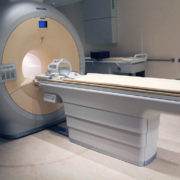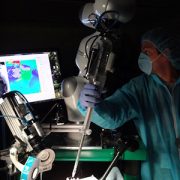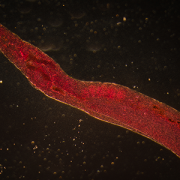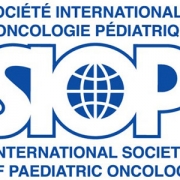Study to evaluate heat-activated chemotherapy drug
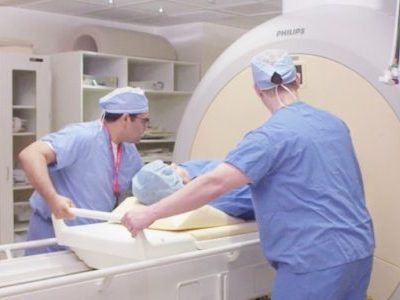
Children’s National Health System and Celsion Corp., a leading oncology drug-development company, will be the first to launch a clinical study in the U.S. that evaluates the use of ThermoDox®, a heat-activated chemotherapy drug, in combination with noninvasive magnetic resonance-guided high-intensity focused ultrasound (MR-HIFU) to treat refractory or relapsed solid tumors in children and young adults.
The investigator-sponsored Phase I study, which is partially funded by an NIH R01 grant, will determine a safe and tolerable dose of ThermoDox, a lyso-thermosensitive liposomal doxorubicin (LTLD), which can be administered in combination with MR-HIFU. Under the guidance of an MRI, the high-intensity focused ultrasound directs soundwave energy to heat the tumor and the area around the tumor. When heated, the liposome rapidly changes structure and releases doxorubicin directly into and around the targeted tumor.
“There is currently no known cure for many patients with refractory recurring solid tumors, despite the use of intensive therapy, so we need to identify new, smarter therapies that can improve outcomes,” said AeRang Kim, M.D., Ph.D., oncologist and member of the Sheikh Zayed Institute for Pediatric Surgical Innovation at Children’s National, who is also principal investigator for the study. “Recent advances in the use of noninvasive MR-HIFU coupled with novel therapies, such as LTLD, may provide us with a mechanism to noninvasively administer high concentrations of the drug directly to the site where it is most needed and avoid toxicity to other areas of the body.”
A First to Treat Childhood Cancer
This is the first time LTLD is being combined with MR-HIFU and the first time it is being evaluated in children.
“Celsion’s experience in combining ThermoDox with HIFU, a noninvasive next generation heating technology, supports this very important research in childhood cancers. From a safe dose, ThermoDox’s proven ability to deliver high concentrations of an effective chemotherapy directly to a heated tumor makes it an ideal candidate for a trial involving children and young adults,” said Michael H. Tardugno, Celsion’s chairman, president and CEO. “This study will further elucidate ThermoDox’s potential in combination with ultrasound-induced hyperthermia, and highlight potential applications of ThermoDox in combination with a broad range of heating technologies that could address an even larger population of patients.”
A Multidisciplinary Approach
The study targeting the treatment of childhood sarcomas will be carried out as a multidisciplinary collaboration between Children’s National, Celsion, and Dr. Bradford Wood’s team at the National Institutes of Health.
This is the latest study from the Image-Guided Non-Invasive Therapeutic Energy (IGNITE) program, a collaboration of the Sheikh Zayed Institute for Pediatric Surgical Innovation at Children’s National and the pediatric health system’s Divisions of Radiology, Oncology, Surgery, and Anesthesiology. The goal of the IGNITE program is to improve the quality of life and outcomes for pediatric patients through the development and clinical introduction of novel minimally invasive and noninvasive surgery technologies and combination therapy approaches. In 2015, doctors from Children’s National were the first in the U.S. to treat osteoid osteoma, a benign and painful bone tumor, using MR-HIFU.
ThermoDox is currently in late-stage clinical trials in primary liver cancer and recurrent chest wall breast cancer. It is positioned for use with multiple heating technologies, and has the potential for applications in the treatment of other forms of cancer including metastatic liver and nonmuscle invading bladder cancers.


